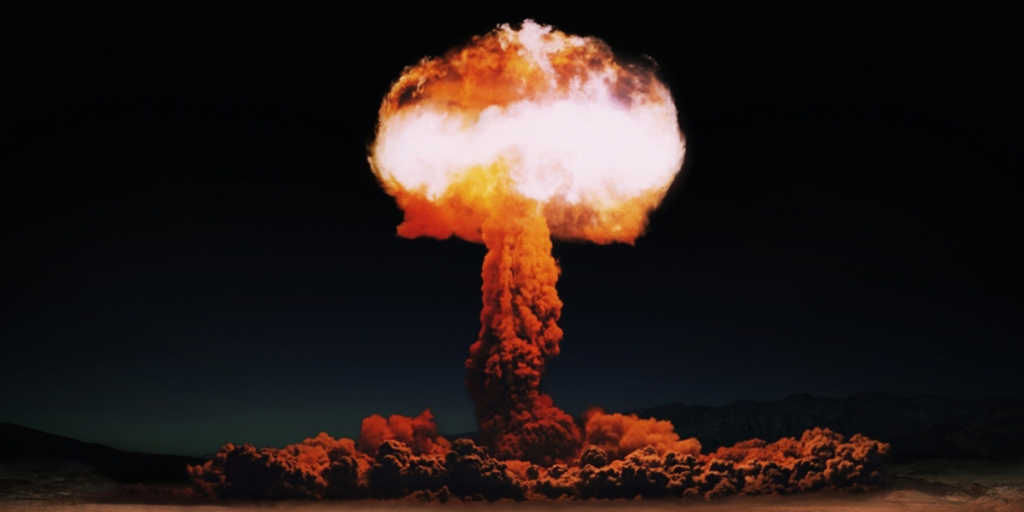As global concern over nuclear tensions periodically resurfaces, one of the world’s leading historians of nuclear weapons has broken down, in stark detail, what a human would experience during an atomic explosion
Others are reading now
In a YouTube video, WIRED interviewed Alex Wellerstein, a professor at the Stevens Institute of Technology, in order to find out more about the sequence of events and physical effects produced by a nuclear detonation.
Wellerstein said that the initial moment of a nuclear blast is defined by an overwhelming flash of light. “The first thing, if you saw a nuclear weapon go off… the brightness. It’s very bright,” he told WIRED.
That flash carries an intense burst of radiation. According to Wellerstein, anyone close enough to the detonation receives a sudden dose of gamma rays, beta particles and other forms of penetrating radiation travelling directly through the body.
He explained that for the Hiroshima bomb, “the radius… where you would get a fatal amount of radiation is about three quarters of a mile.”
Anyone within that distance, he noted, would not survive “no matter what happens next.”
Also read
Heat and burns
Beyond the radiation zone, survivors would still face extreme thermal energy.
Wellerstein said the surface of the fireball becomes “hotter than the sun, briefly”, meaning anyone in direct line of sight risks severe burns.
“If you are really close to the fireball, you could literally be vaporized,” he added.
Most victims in Hiroshima and Nagasaki were not vaporised, he said, but suffered profound burn injuries as buildings and infrastructure ignited or collapsed around them.
The destructive shock wave
In the split second after detonation, the superheated air expands outward as a violent shock wave. Wellerstein described this as a powerful pressure wall sweeping across the ground, flattening structures in a widening radius.
At Hiroshima, he said, a distance of roughly 300 metres from the detonation point created a blast pressure of around 20 pounds per square inch — enough “to destroy almost any building.”
Some structures survived only as shells, including the Genbaku Dome, now preserved as a memorial to peace and nuclear disarmament.
Also read
Lessons from history
Wellerstein’s explanation accompanies renewed public interest in understanding the consequences of nuclear weapons, the historian told WIRED.
The atomic bombings of Hiroshima and Nagasaki remain the only wartime uses of such weapons, instantly killing tens of thousands in 1945 and leading to many more deaths from radiation exposure.
The historian’s breakdown underscores why the long-term push for nuclear restraint, arms control and historical awareness continues to shape global debates today.
Sources: UNILAD; WIRED; Hiroshima Peace Memorial Museum


